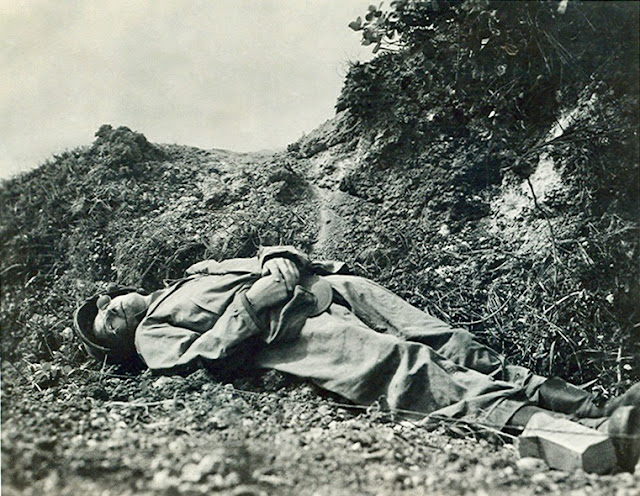The Germans shot and killed about 200 POWs in Pyatigorsk, USSR. The Germans usually left the bodies of the POWs lying in state until then so that their relatives could come to bury the bodies. When the Soviet troops approached Pyatigorsk, the Germans took hundreds of Soviet soldiers, commanders, and civilians whom they had taken prisoner under the pretext of evacuating them to Germany, out of the city and shot them dead with machine guns.
On the Eastern Front of World War II, German forces occupied Pyatigorsk, located in the North Caucasus region of southern Russia, on August 9, 1942. The headquarters of Einsatzgruppe D was located in Pyatigorsk in 1942. The German occupation resulted in the murder of many Jewish residents of the region; on January 11, 1943, Soviet troops liberated Pyatigorsk.
On August 9, 1942, the German First Panzer Army invaded more than 480 km in less than two weeks, reaching Mykop at the foot of the Caucasus Mountains. The western oil fields near Maikop were occupied in a commando operation on August 8-9. The Soviet Red Army had destroyed enough of the oil fields that it took about a year to repair them. Shortly thereafter, on August 9, Pyatigorsk was occupied; on August 12, Krasnodar was taken, and German mountain troops raised the Nazi flag on Mount Elbrus, the highest peak in the Caucasus.
At the end of July 1942, during the German summer offensive, the Third Army invaded from the lower Don River to the south and southeast. The 1st Panzer Army invaded as far south as Maikop, south of Rostov, while the 4th and 17th Armies invaded as far as Pyatigorsk, reaching as far as the Caucasus As of December 1942, the Germans had withdrawn from the conquered territories and impassable mountain areas. Approximately 130,000 German soldiers and more than 340,000 Soviet soldiers and Soviet civilians fell victim to the terrible offensive. Many of the missing soldiers were killed in action, either marching or fighting in the Caucasus Mountains.




























